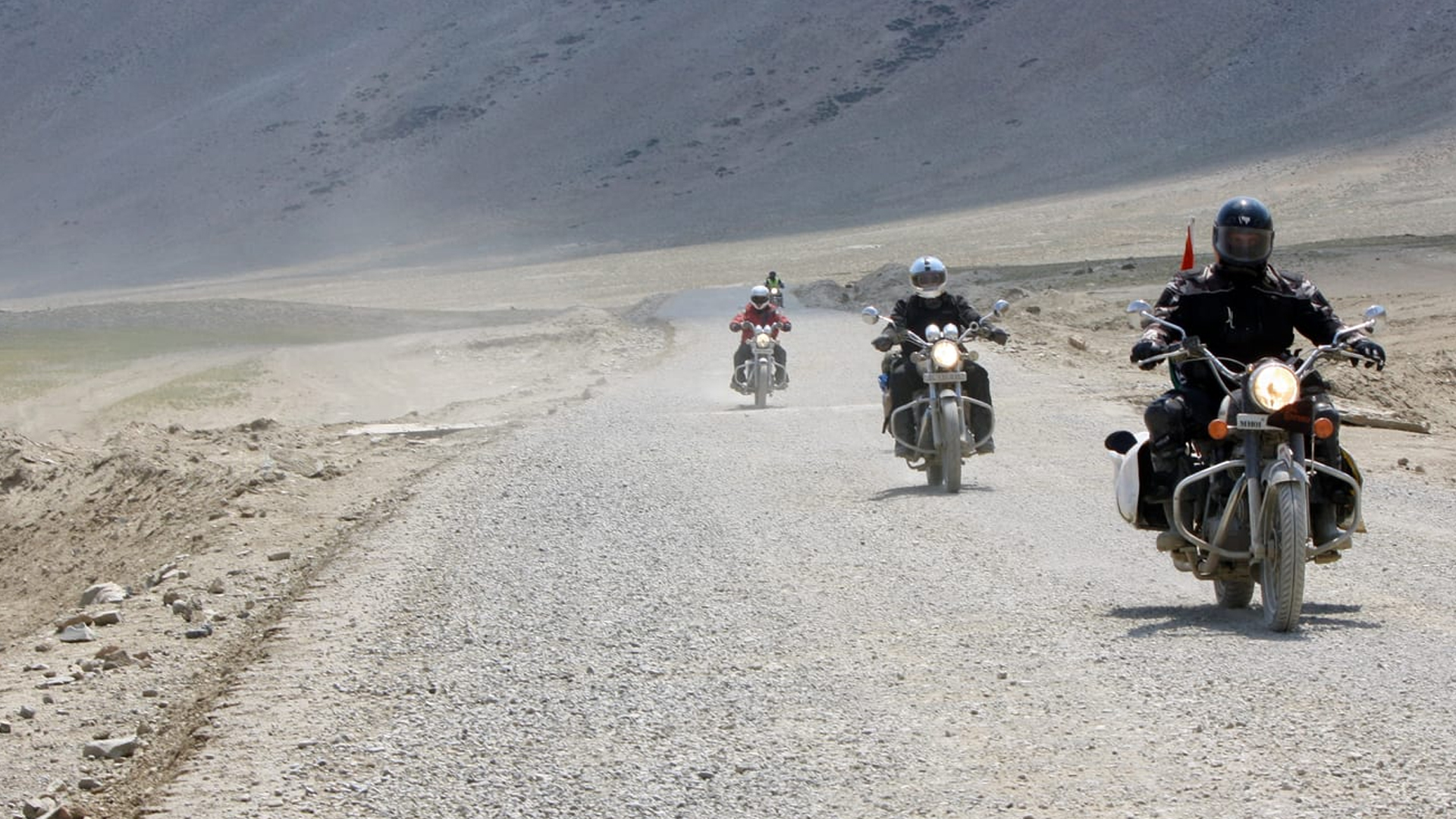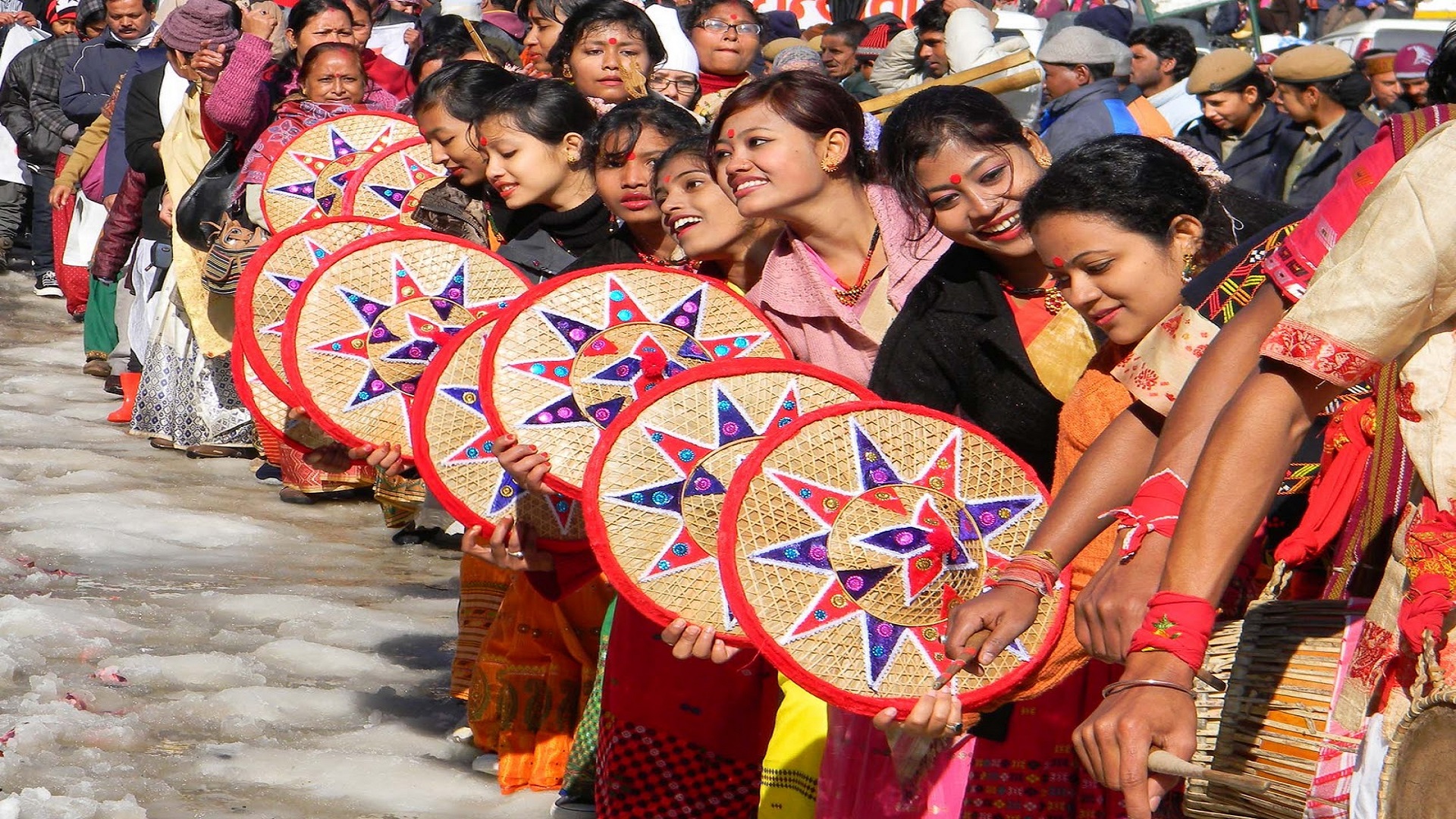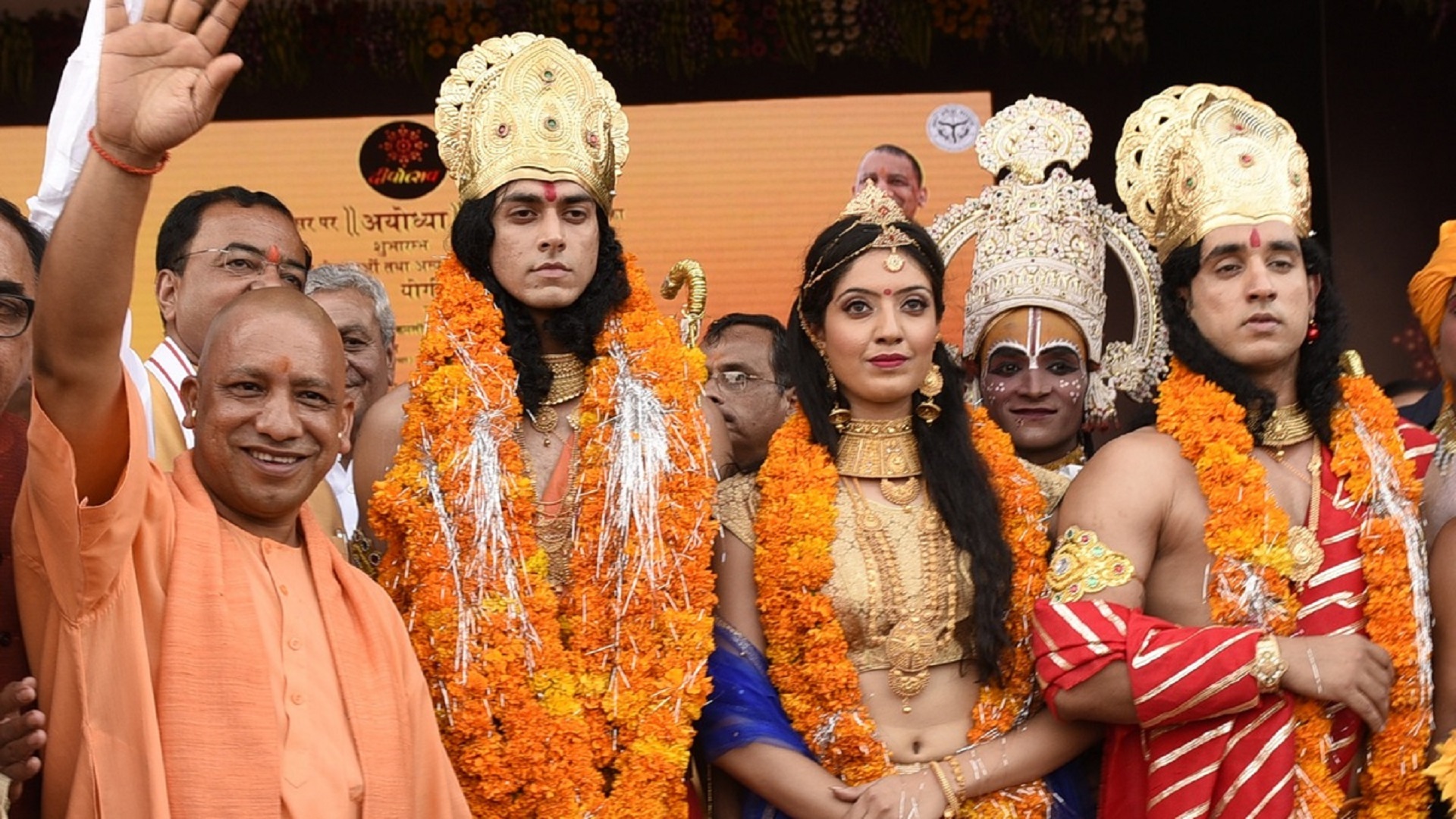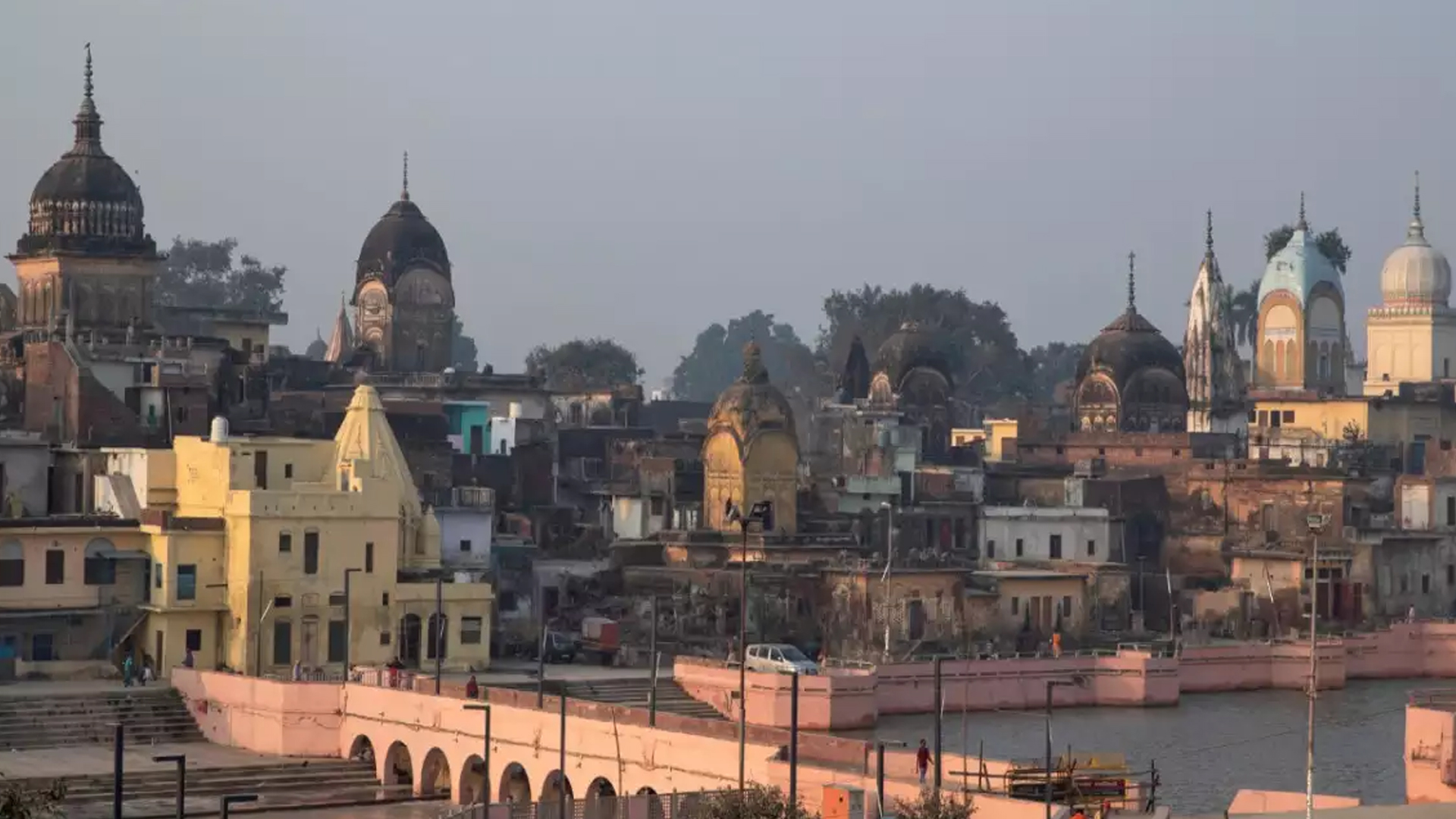
Getting bored on weekends? Head towards Ayodhya
If you don’t want to be bored sitting at home and need to relax in a peaceful place, a far away from the crowd of Shimla, Manali, Nainital then Ayodhya is the best destination.
It is not only as a pilgrim town but also in terms of art, culture and tourism have been a rich tradition of Ayodhya, situated on the banks of Sadanira Saryu. This tradition is illuminated with a new light. The Medieval period of the north, which is also known as Bhaktikal, temples of princely states of India were built here at that time. Even today in Ayodhya, temples nearly one hundred princely states exist. But there are many other places also which are worth visiting in Ayodhya. So let’s go on its journey.
Swaminarayan Temple
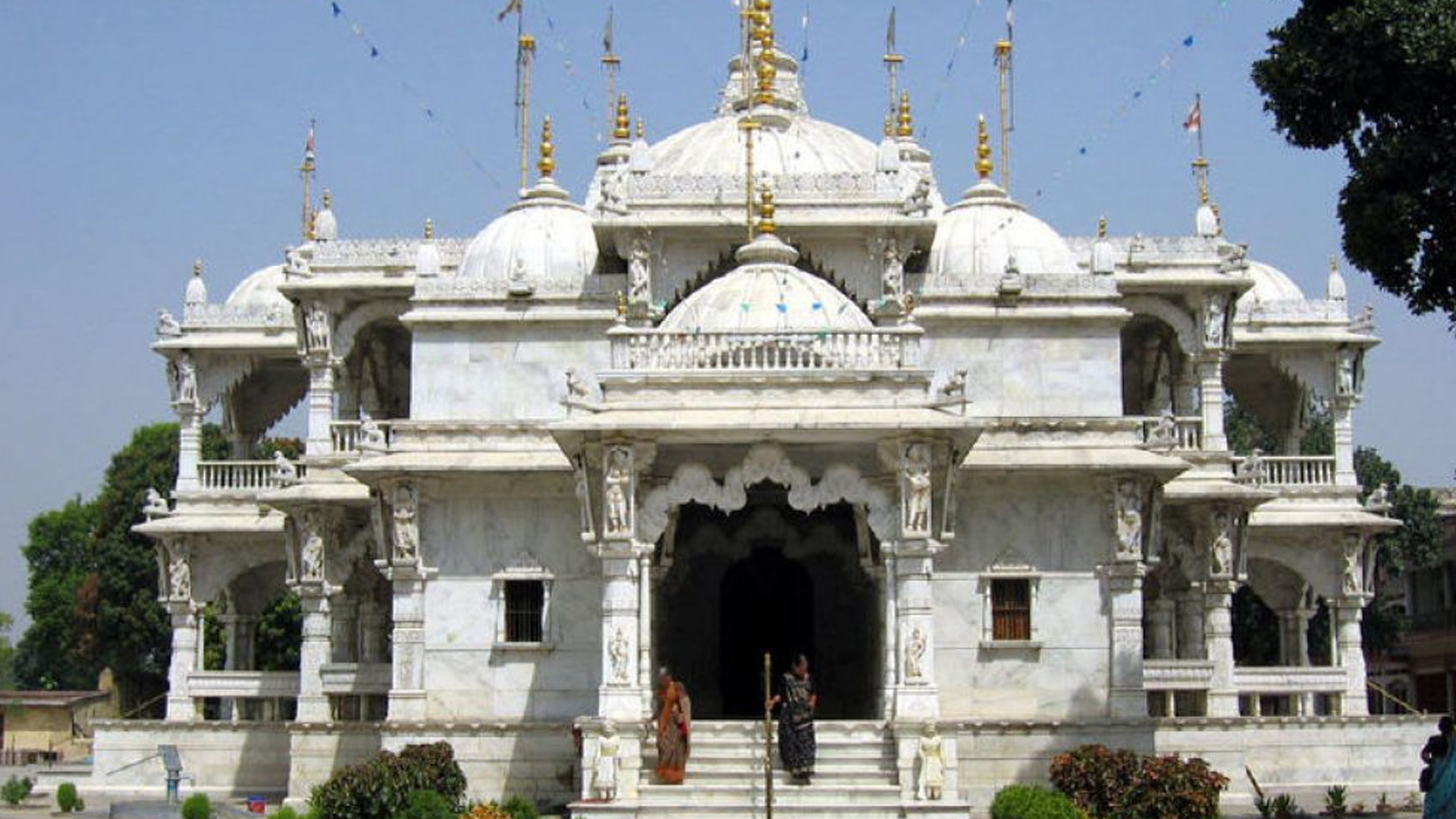
Swaminarayan temple, the founder of the Swaminarayan Sampradaya, which is located in village Chhapia in Gonda district, barely 40 km away from Ramnagri, is also a sight for sore eyes. In terms of grandeur, this temple is one of the same in the top chain which is a splendid example of architecture. Because of this, the continuous movement of saints of Swaminarayan followers is seen in Ayodhya.
Bharatkund
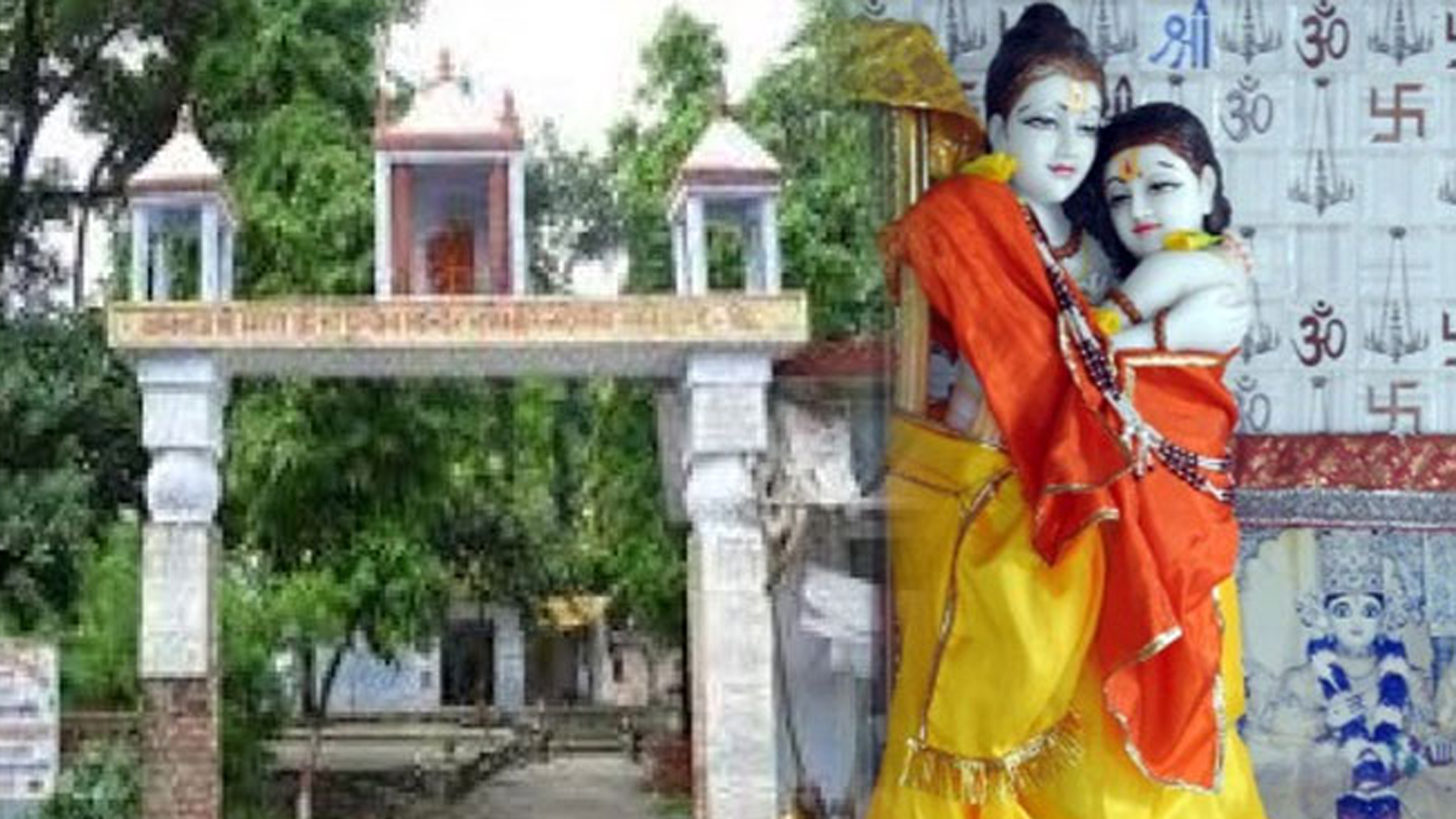
Bharatkund Ramnagri is the site on the Prayagraj Highway, about 10 km from Ayodhya. It is believed that Bharat meditated here for 14 years after the departure of Lord Rama for forests and ruled the kingdom of Ayodhya and waited till his return. The age-old legacy from old trees and ancient-paved pools gives a glimpse of Bharata’s seriousness, sacrifice, and fraternal love.
Shring Rishi Ashram
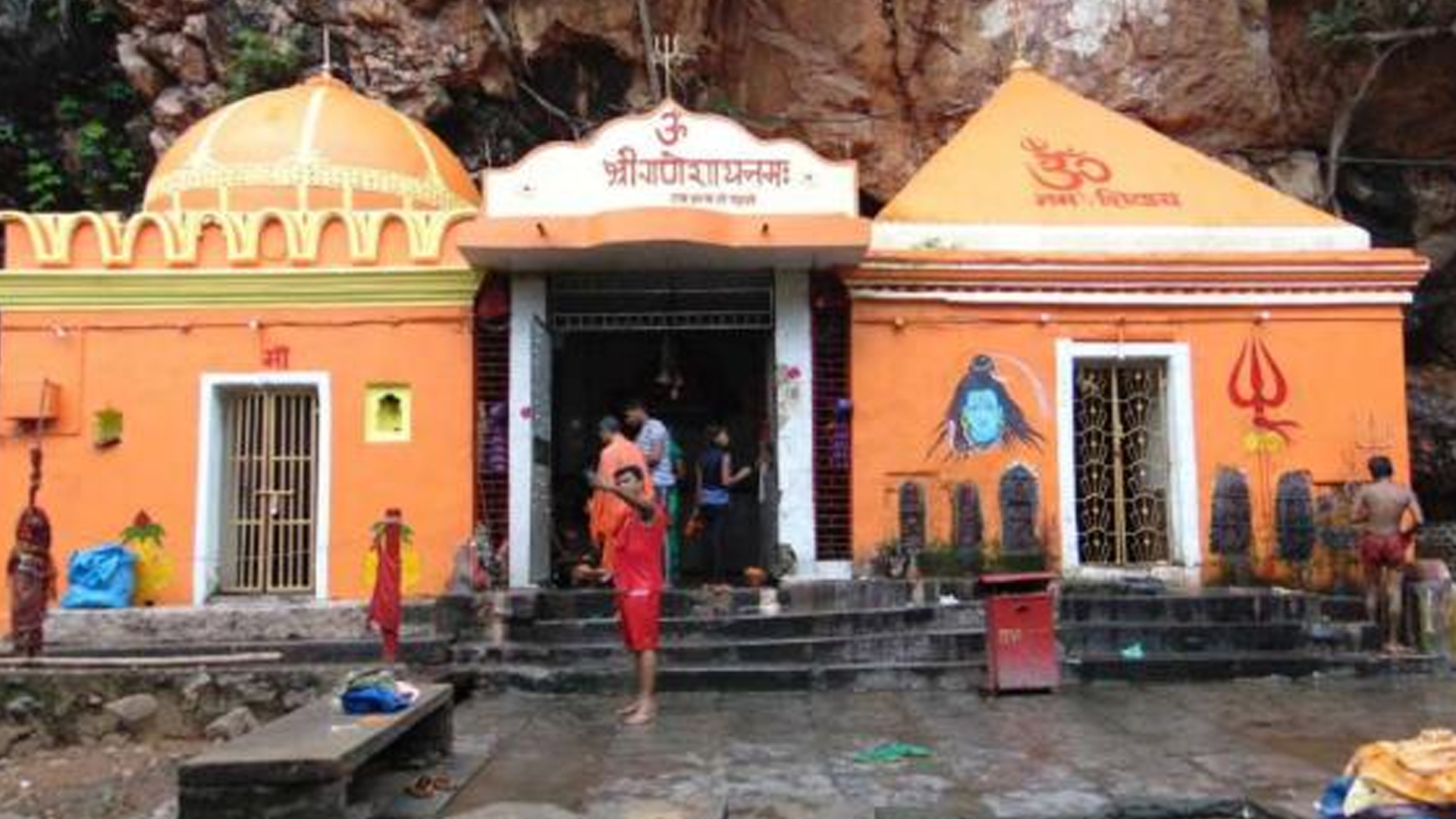 The Shring Rishi Ashram, located on the Faizabad-Tanda road, complements the mythology of Ayodhya at its center. Situated on the river bank of grand Saryu, this place is full of natural exquisite beauty and one gets a meditative mind once reaching here. Shring Rishi cave is also situated on the same bank of Saryu, which is believed that Shring Rishi used to perform the penance in this cave.
The Shring Rishi Ashram, located on the Faizabad-Tanda road, complements the mythology of Ayodhya at its center. Situated on the river bank of grand Saryu, this place is full of natural exquisite beauty and one gets a meditative mind once reaching here. Shring Rishi cave is also situated on the same bank of Saryu, which is believed that Shring Rishi used to perform the penance in this cave.
Manorama River and Makh Land
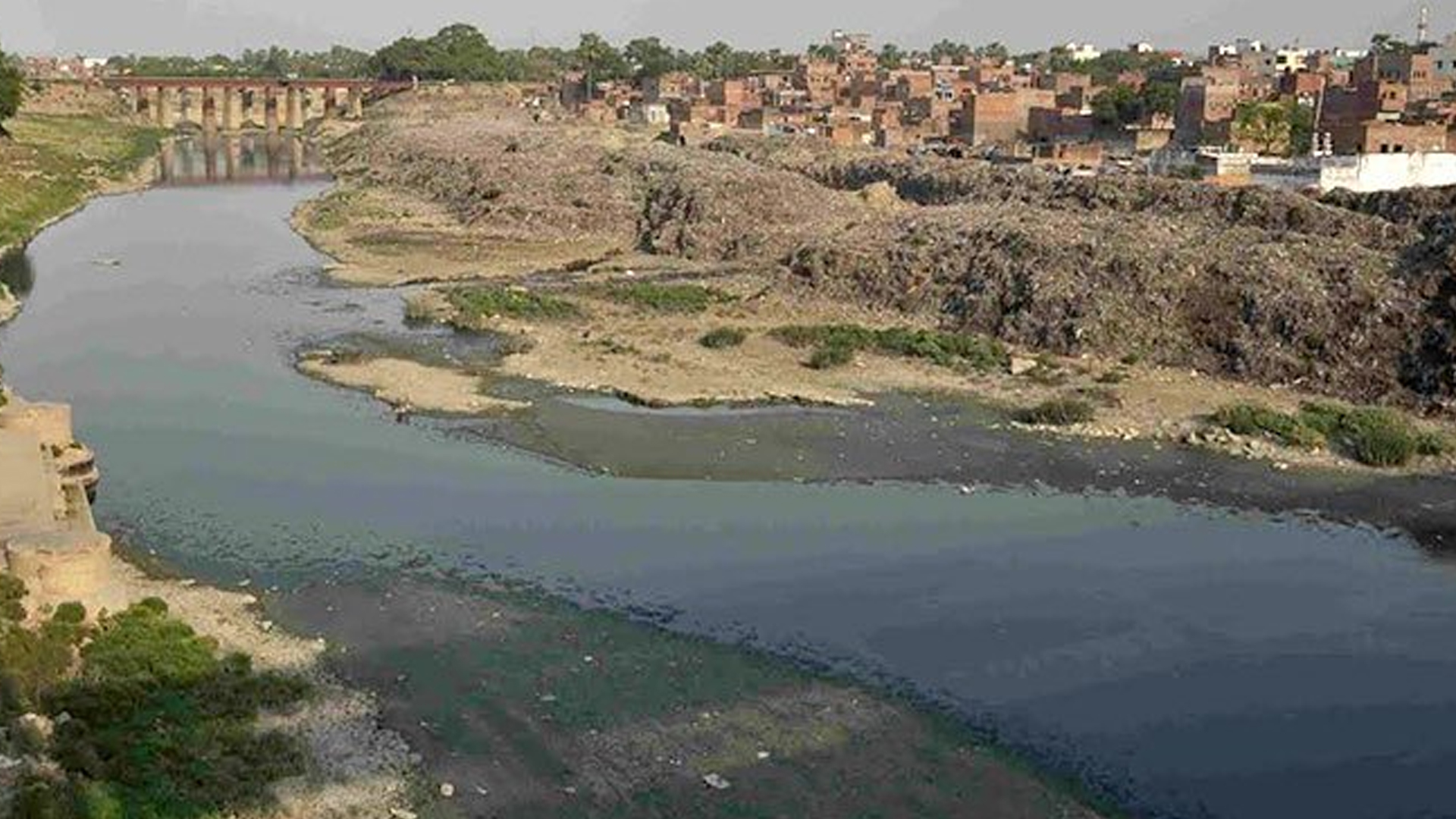
This place is situated on the banks of the Manorama river in the Parashurampur market in the neighboring Basti district, is still preserved, where King Dasaratha is believed to have performed the Putreshti Yagna in the Treta Yuga. In the journey of the ages, it is difficult to ensure the land of yagna where Dasaratha might have performed it, but it can be fantastic to memorize the past of Yagyashala and many temples with the charming flow of Manorama River.
Hanumangarhi
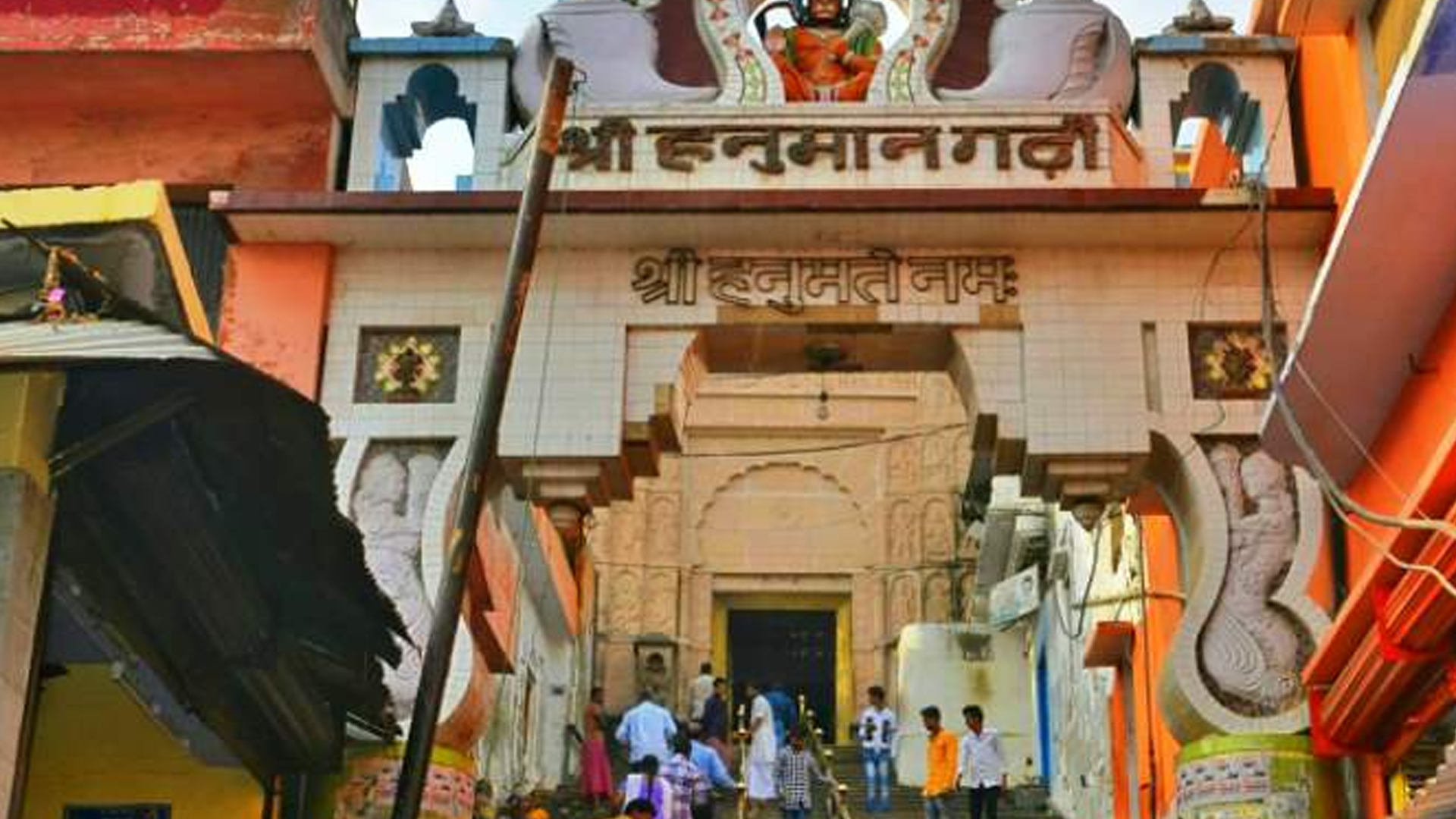
Like Kanak Bhavan, Hanumangarhi is also Tretayugin. At the time of Mansoor Ali, the Nawab of Awadh, the site remained confined to a high mound of clay in the middle of the 18th century. Influenced by the great spiritual status of Hanuman’s priest Mahant Abhayramdas, the Nawab built a fort-like temple here and donated 52 bighas of land along with other properties for the temple.
Old Capital of Nawabs
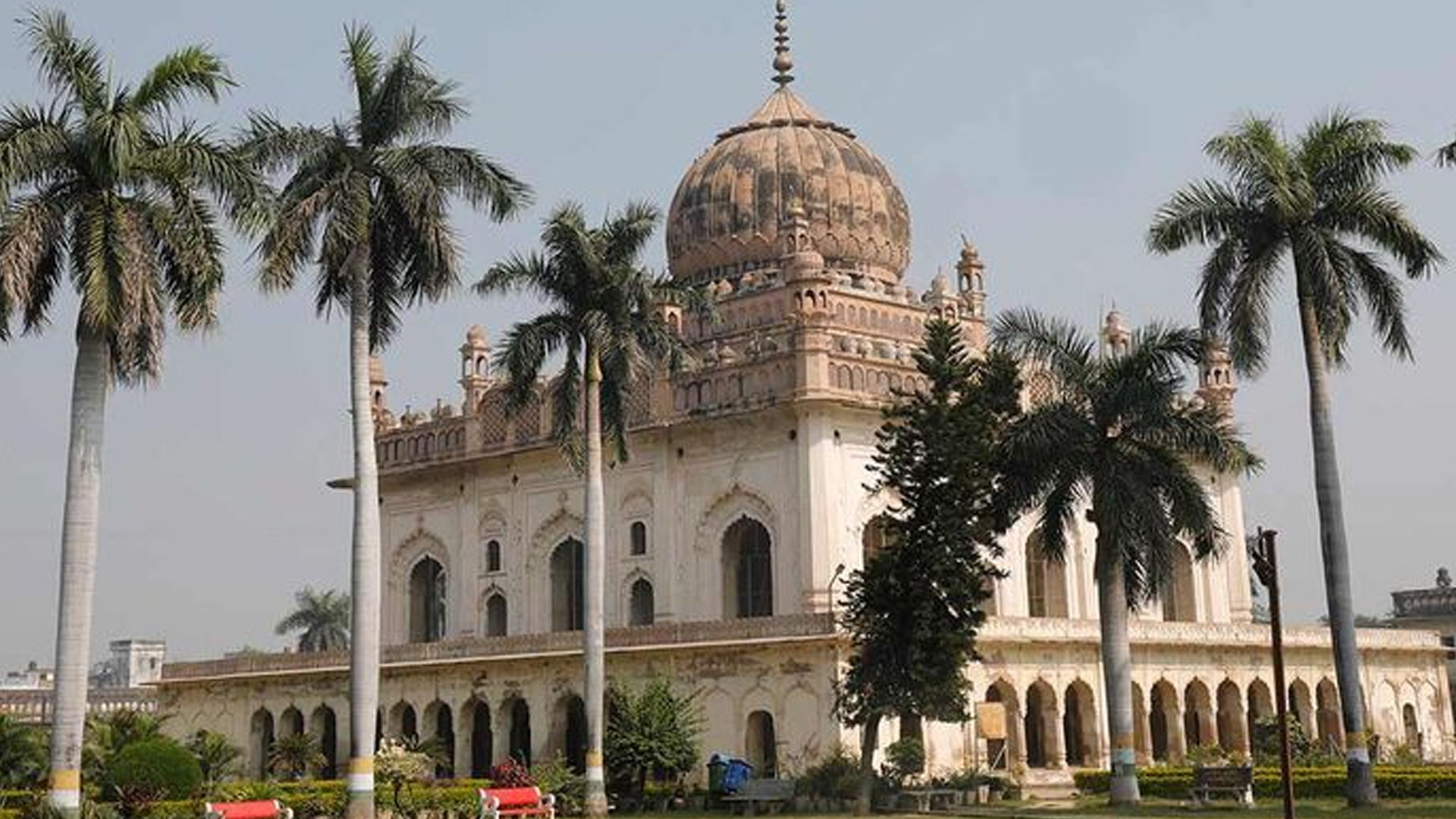 Ramnagari is also has the distinction of being the capital of Nawabs. In 1731, the Mughal emperor of that time, Muhammad Shah entrusted the control of Awadh province to his Shia Diwan Saadat Khan. They camped in Ramnagari on the Saryu coast. During the time of Mansoor Ali and Shuja-ud-daulah, the second Nawabs of Awadh, the city of Faizabad was inhabited just a short distance from Ramnagari as the capital of the Nawabs. After the death of Shuja-ud-daula in 1775, the fourth Nawab Asaf-ud-Daula shifted his capital from Faizabad to Lucknow. As a splendid example of the architecture of the Nawabs, the tomb of Shuja-ud-daulah, the tomb of his wife Bahu Begum and the royal doorway still remind the era of the Nawabs.
Ramnagari is also has the distinction of being the capital of Nawabs. In 1731, the Mughal emperor of that time, Muhammad Shah entrusted the control of Awadh province to his Shia Diwan Saadat Khan. They camped in Ramnagari on the Saryu coast. During the time of Mansoor Ali and Shuja-ud-daulah, the second Nawabs of Awadh, the city of Faizabad was inhabited just a short distance from Ramnagari as the capital of the Nawabs. After the death of Shuja-ud-daula in 1775, the fourth Nawab Asaf-ud-Daula shifted his capital from Faizabad to Lucknow. As a splendid example of the architecture of the Nawabs, the tomb of Shuja-ud-daulah, the tomb of his wife Bahu Begum and the royal doorway still remind the era of the Nawabs.







